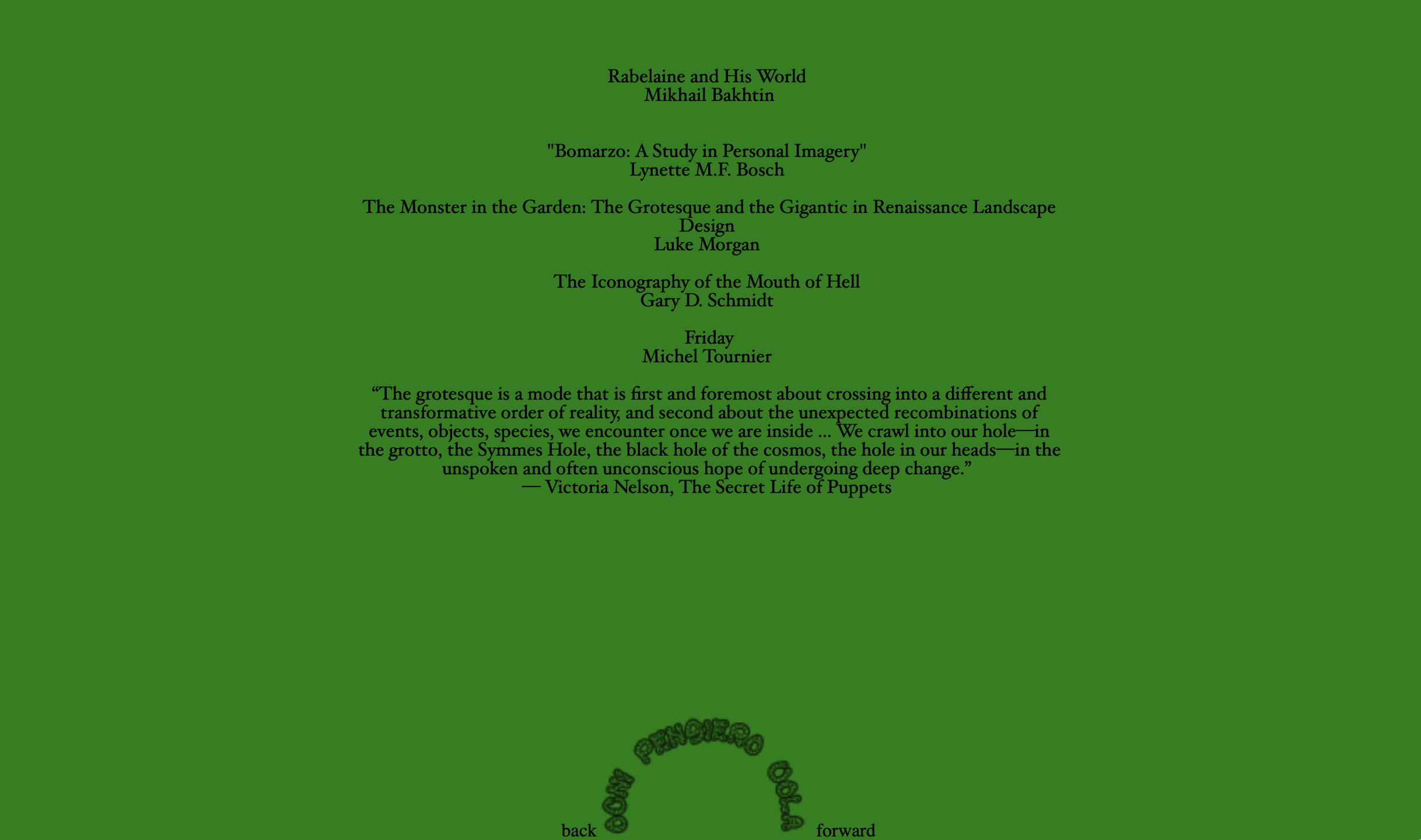Ripe Not to Reason
Ripe Not to Reason
October 2017
inparadi.se
Abby Lloyd & James Troxel, Steffen Sornpao, Charles Stobbs
We are strangers yet you take me inside of you.
There are gates to hell scattered around the Mediterranean world: caves that release noxious fumes, ruined temples, and places such as the Piazza Statuto where a gate to hell is born out of violence rather than found. When we stop searching for it, does it shrivel away? This mythological topos extends beyond a single tradition. Lake Avernus, where Aeneas descends into Hades, was the site of sumptuous villas, and the Lacus Curtius, a small pool in the Roman Forum, was a gate to hell around which millions lived and traded—something to be passed by without fear. These gates were not infectious, but rather something lived with, where the earth did not disappear from the human realm. There is another way to inhabit.
Carbon dioxide is a gas that settles. It hides in the folds of the earth, in holes and valleys, waiting for its prey. Strabo visited the Ploutonion, a cave temple in Hierapolis, describing it as “full of a vapor so misty and dense that one can scarcely see the ground. Any animal that passes inside meets instant death. I threw in sparrows and they immediately breathed their last and fell.”
Michel Tournier, in Friday, or, The Other Island, retells the story of Robinson Crusoe. As Robinson explores the island Speranza, he finds a cave at its center. At first he simply stores supplies there: hidden wealth, black powder, gold, and salted meat. One day he enters into Speranza, down the chute. He finds mineral papillae and a second stomach. The darkness encapsulates rather than dissolves. The air is warm. “There were stony nipples and protuberances, mineral mushrooms, petrified sponges... A damp metallic smell.” He finds a cave within a cave, a nook whose “walls were perfectly smooth but curiously shaped, like the interior of a mold designed to fashion some very complex object. The object, Robinson suspected, was his own body.” Later on, Robinson finds a quillaia tree. Its bark, right where its two limbs split, is soft and downy. Robinson succumbs to the “vegetable way,” laying his penis between the branches. This liaison lasts for months until one day the tree bites back: a spider had made this crevasse its home as well.
The act of going inside, of gestating and fucking the island at the same time, of finding love in a tree and a mother in a cave, of entering and exiting, of hell being the before-life, a return to the primal, of the underground as the everyday, as the act of going inside becomes the act of going outside. There are certain types of relations that can only exist in the cave. It is not about the light of day, or its absence. It is about weight and time, gravity and carbon dioxide, the way the stratum enfold you. Mining, hiding, burrowing, tunneling, crawling, dripping, accreting, sheltering—finding love in a tree and a mother in a cave. Entering and being entered.
There are many types of mouths in the world.
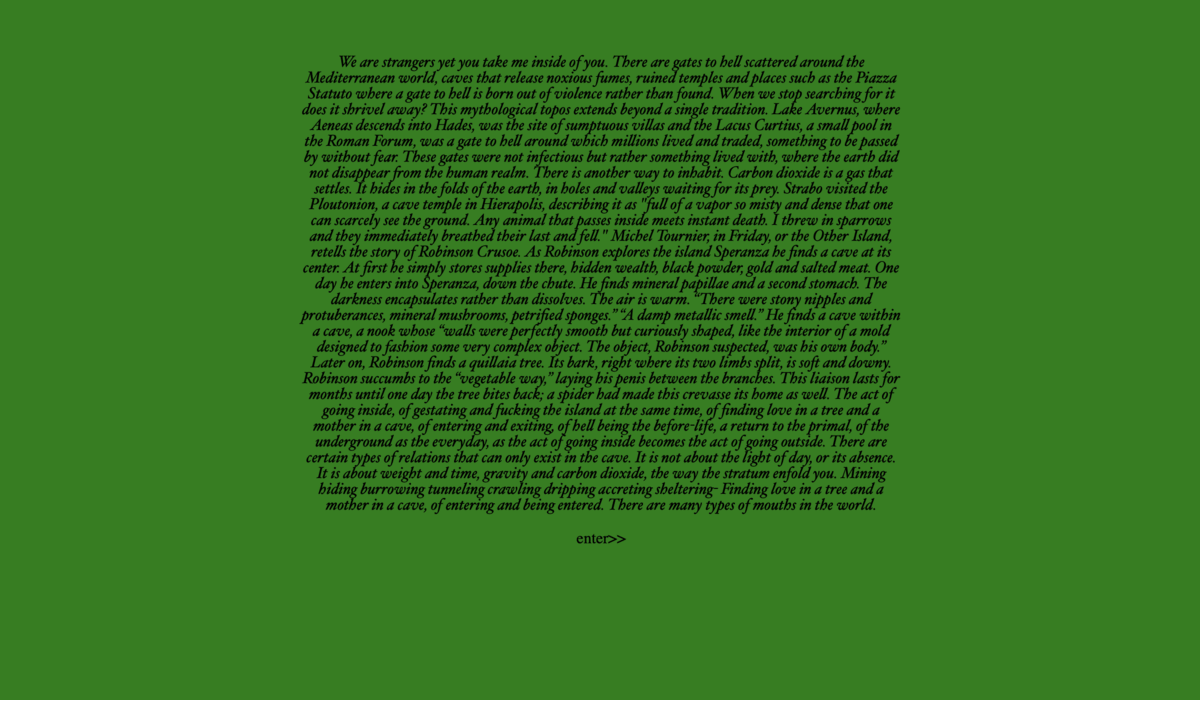
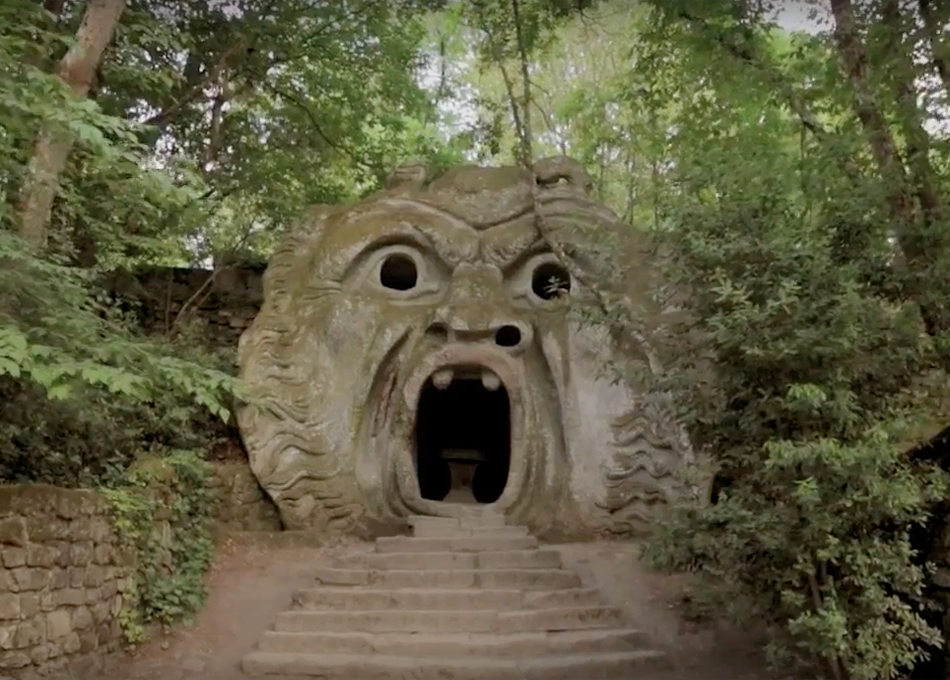

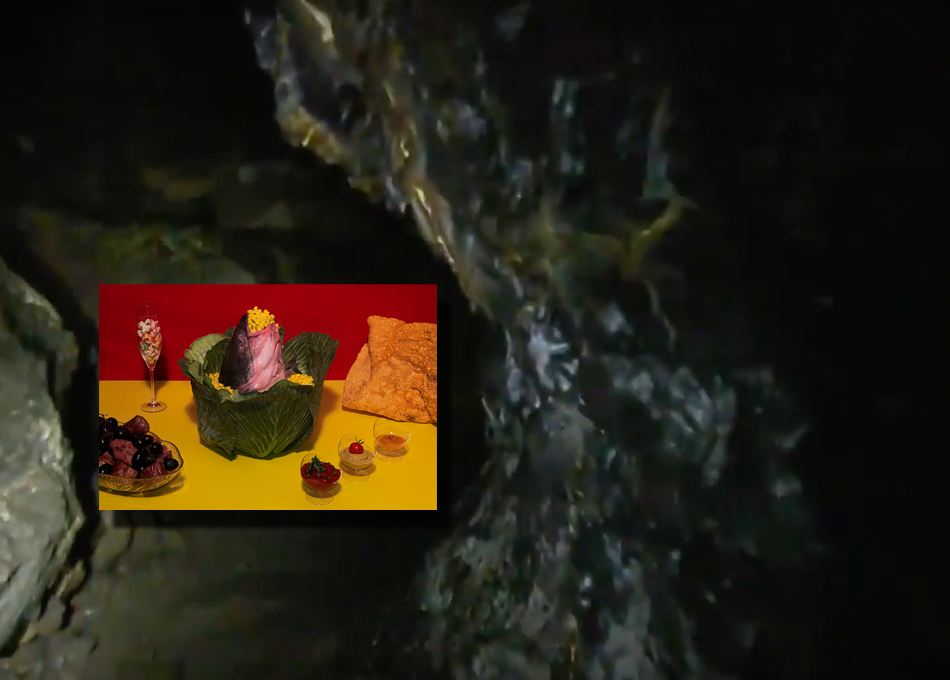
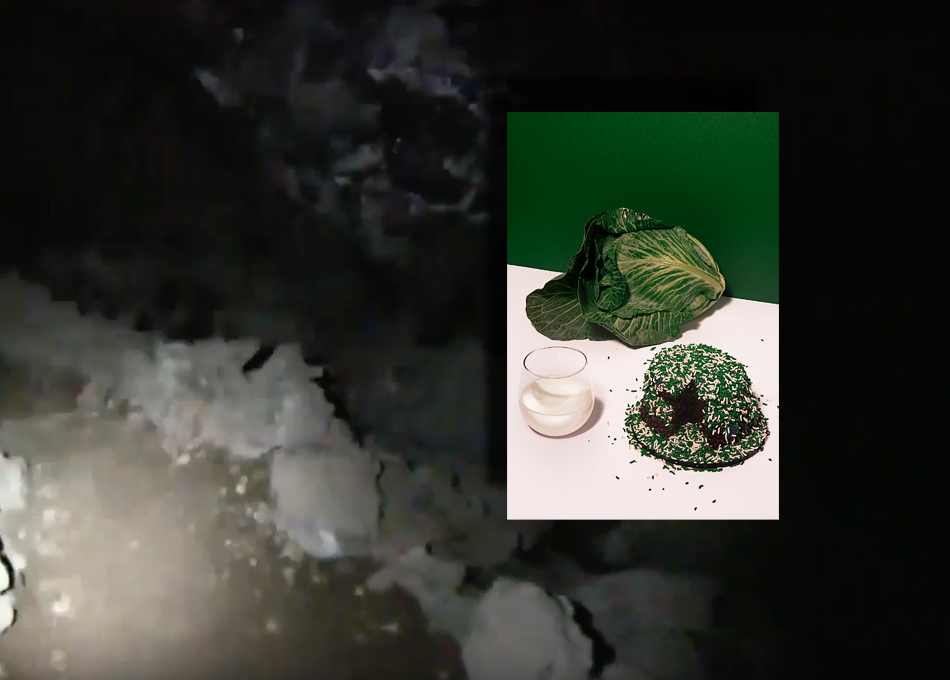 November, 2017
November, 2017October, 2017
March, 2017
Abby Lloyd and James Troxel
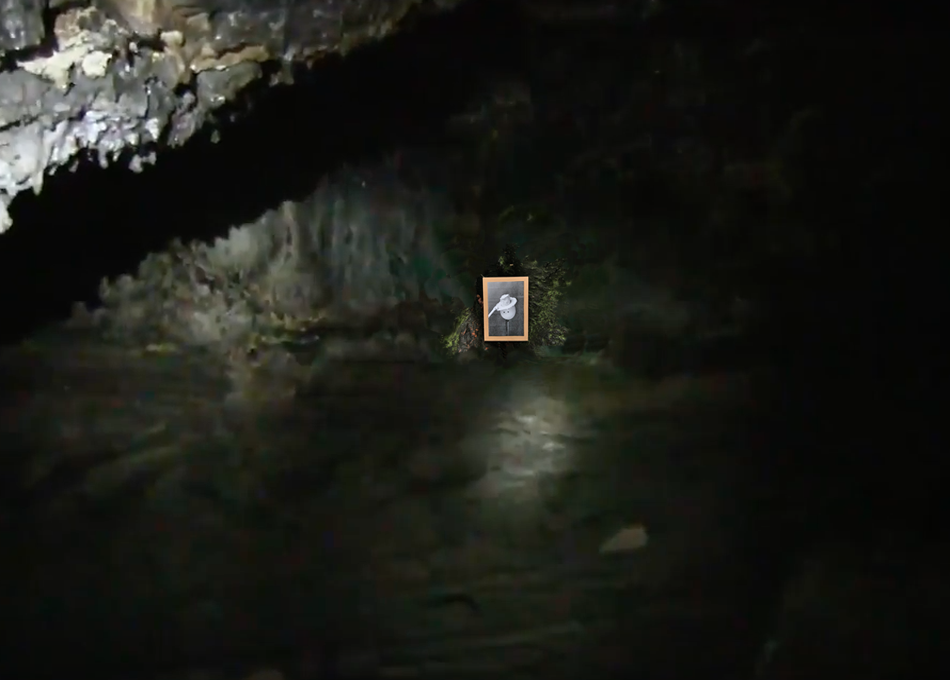

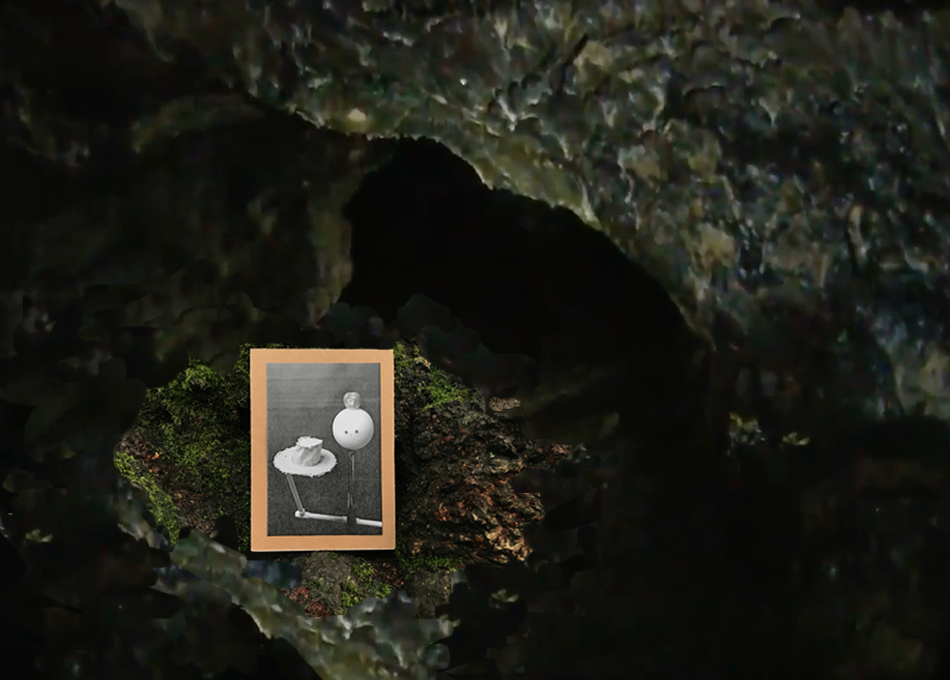 Panofsky's Cap, 2017
Panofsky's Cap, 2017Charles Stobbs
Xerox Print and MDF
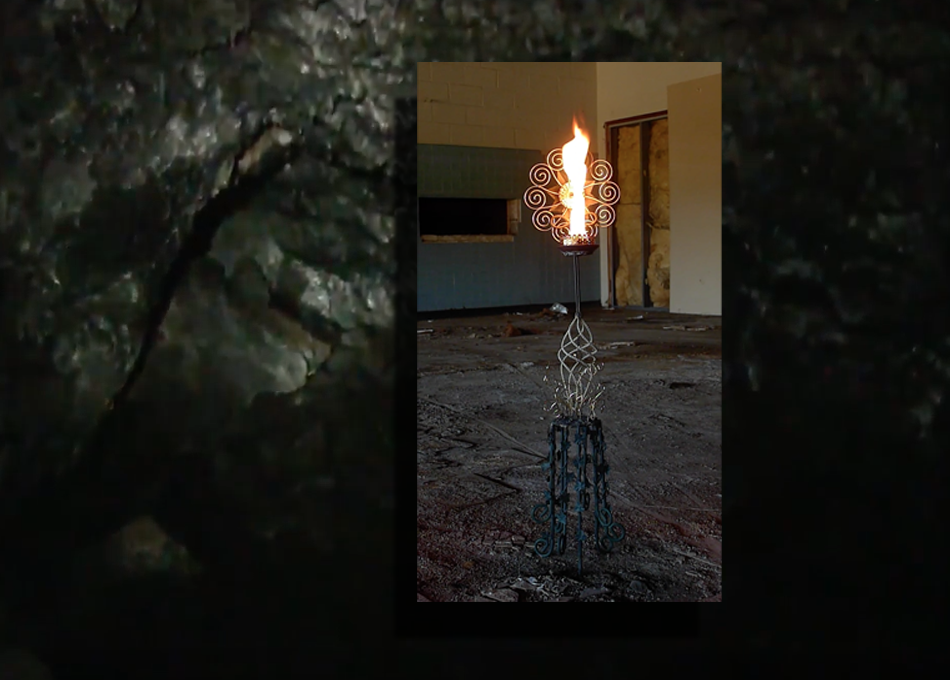 an atonement
an atonementan aubade
hailing daybreak to feel
a flick, a flame, a flower's felicity
2017
Steffen Sornpao
Recycled metal, wax, sawdust


Ripe Not to Reason Research:
Rabelaine and His World >Mikhail Bakhtin
"Bomarzo: A Study in Personal Imagery" >
Lynette M.F. Bosch
The Monster in the Garden: The Grotesque and the Gigantic in Renaissance Landscape Design >
Luke Morgan
The Iconography of the Mouth of Hell >
Gary D. Schmidt
Friday, or, The Other Island >
Michel Tournier
“The grotesque is a mode that is first and foremost about crossing into a different and transformative order of reality, and second about the unexpected recombinations of events, objects, species, we encounter once we are inside ... We crawl into our hole—in the grotto, the Symmes Hole, the black hole of the cosmos, the hole in our heads—in the unspoken and often unconscious hope of undergoing deep change.”
— Victoria Nelson, The Secret Life of Puppets >
